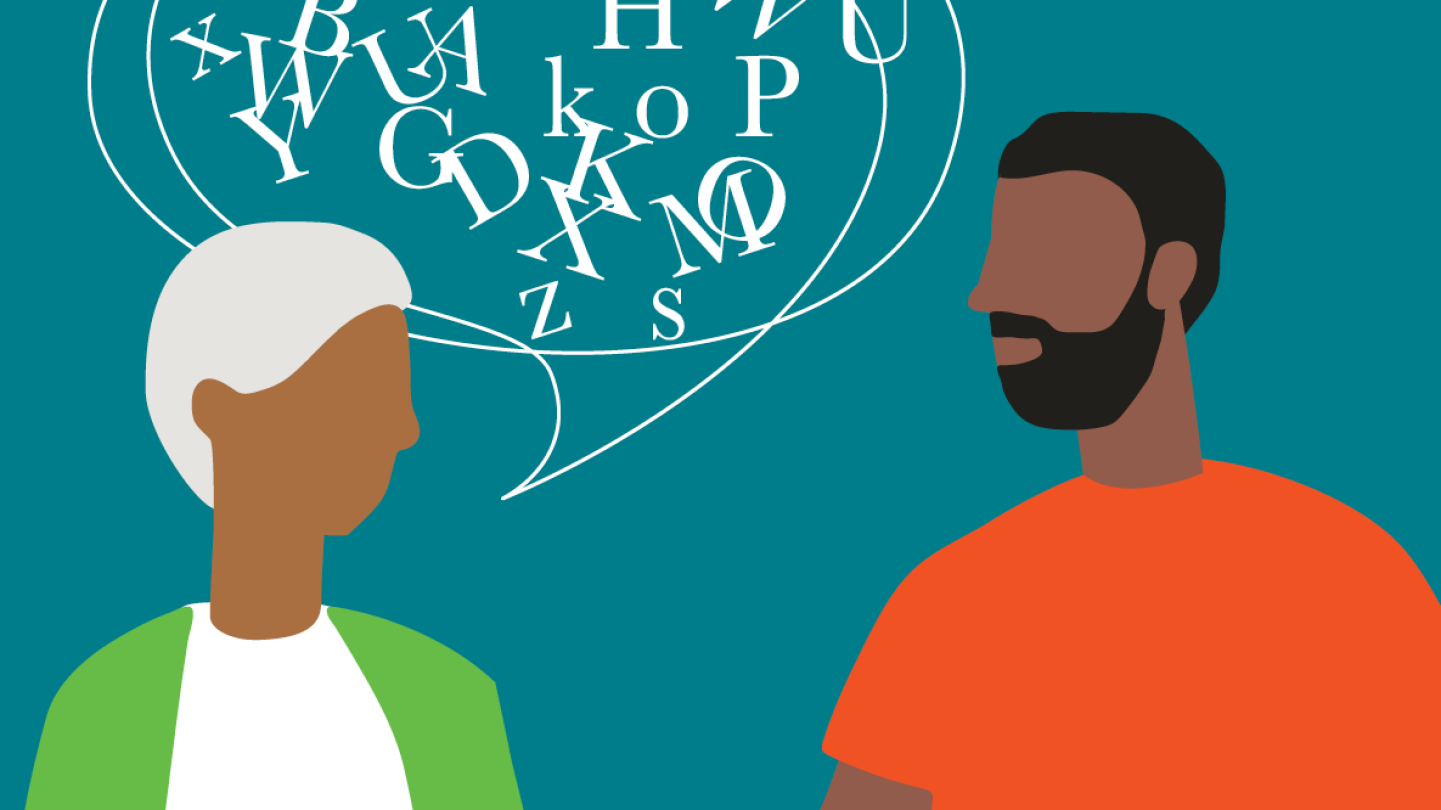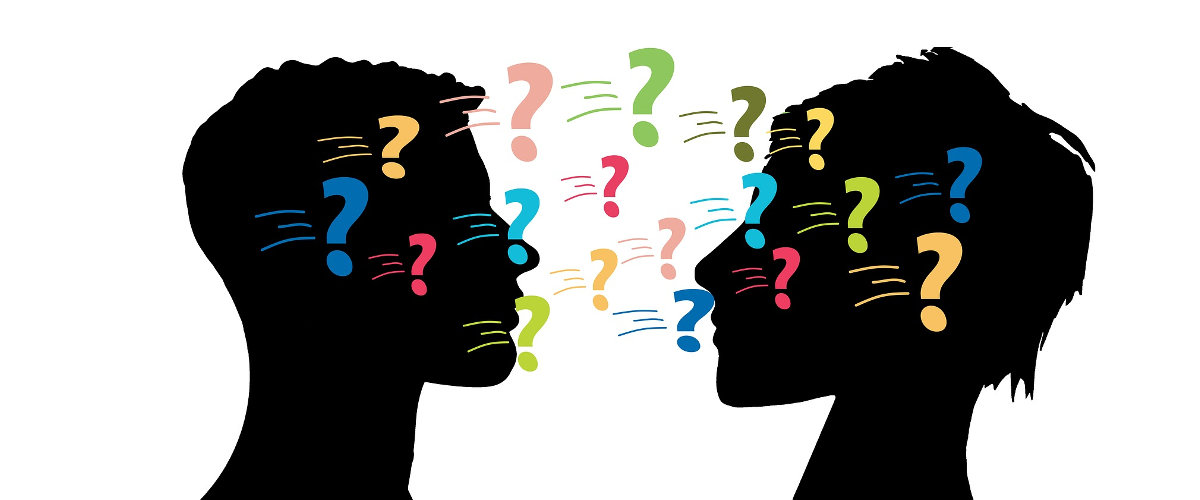Aphasia is a language disorder that results from damage to specific areas of the brain that are responsible for language. It’s a condition that impacts the comprehension and expression of speech, as well as the ability to read and write. Aphasia is not a disease, but a symptom of some other condition, such as a stroke or a brain tumor.
Advertisement
The part of the brain that aphasia affects is usually on the left side for most people. The severity and type of aphasia depend on the precise location and extent of the damaged brain tissue. There are several types of aphasia, each associated with damage to different parts of the brain.

For instance, Broca’s aphasia, characterized by difficulty with speech production, is associated with damage to the frontal lobe of the brain. On the other hand, Wernicke’s aphasia, which affects language comprehension, is linked to damage in the temporal lobe of the brain.
Advertisement
Aphasia usually occurs suddenly, often following a stroke or head injury. However, it can also develop slowly, as the result of a brain tumor or a progressive neurological disease. The most common cause of aphasia is brain damage resulting from a stroke — the blockage or rupture of a blood vessel in the brain. Other causes of brain injury are severe blows to the head, brain tumors, gunshot wounds, brain infections, and progressive neurological disorders, such as Alzheimer’s disease.
In conclusion, aphasia is a complex language disorder that affects the brain’s language centers. Despite the challenges it presents, understanding and managing aphasia can significantly improve the quality of life for those affected.


Leave a Reply